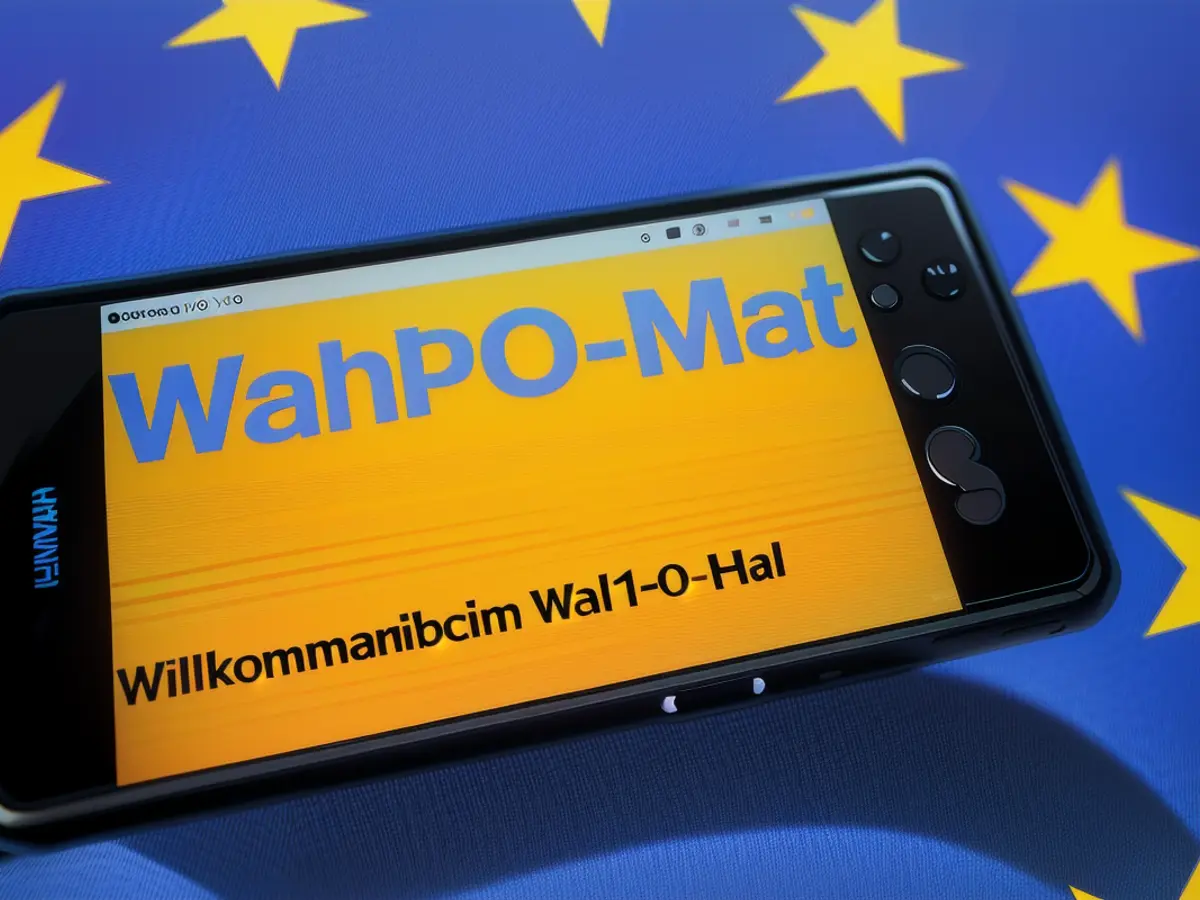Upcoming elections in Europe - The Wahl-O-Mat: Its Functioning and Criticisms Revealed
On the 9th of June, the European Union Parliament will be elected. While this election holds significance, voters may frequently lack understanding of the political stands of the different parties. To aid in the decision-making process and encourage voters, the "Wahl-O-Mat" has been available for several years. This resource is provided by the Federal Center for Political Education (BpB) and lets users identify the party most in alignment with their views by answering a series of simple questions.
Wahl-O-Mat for the European Election: Simplifying Choices - 38 Proposals
The effectiveness of the Wahl-O-Mat has been demonstrated at state, federal, and European elections. There are 35 parties participating, in addition to prominent figures like CDU, SPD, Greens, and FDP. The smaller organizations are advantageous due to the lack of a five-percent threshold in the European election, enhancing their odds of entering parliament.
As with past elections, the Wahl-O-Mat operates on fundamental questions and theses that voters can address with options such as "vote for", "vote against", "neutral", and "skip this thesis". This year, the tool features 38 questions. Key concerns like asylum policy, international conflicts, and climate protection are expected to take the spotlight for most parties.
Experts remind: Wahl-O-Mat is a decision-making aid - Contention from largest competitor
The Wahl-O-Mat developers repeatedly stress that it does not offer recommendations, but just serves as a guide. Previously, critics said that the thorough disclosure of overlaps might inadvertently influence the choice of a party, even though certain beliefs may be fundamentally different.
Further contention comes from the intended rival of the Wahl-O-Mat: The "Wahlswiper" tool was highly popular as an alternative in previous elections. This non-governmental supplier's unique feature was that the theses for each election were responded to by swiping in one direction for "yes" or the other for "no", in an app format. This project originated from a collaboration between the Albert-Ludwigs-University Freiburg and other universities and organizations, including the Ludwig-Maximilians-University Munich, the Neue Osnabrücker Zeitung, or the United Nations Society Nuremberg e.V. In contrast to past elections, Wahlswiper was disregarded by some Bundestag parties for this European election. "Following seven years of fruitful collaboration, the Bundestag parties CDU, CSU, SPD, Greens, Left, and FDP have concurred and boycotted all our questions," stated Matthias Bannert, Wahlswiper's project leader, as detailed by "Der Westen".
Interestingly, the Union, SPD, Greens, FDP, and Left's decision to dictate which voting tools should be available and which should not is noteworthy. It is also unfortunate that these parties did not want to respond honestly to their user’s concerns, explained Bannert further.
Supporters of Wahlswiper need not entirely abandon hope, though. Wahlswiper's developers have condensed the allegedly stated positions of each party from their programmes and speeches by the politicians of the respective parties.
In addition to these alternatives, there's also the "Social-O-Mat", which focuses on social policy issues, and the "Wahltest", which enables users to make political decisions independently. Afterward, the party who would have made a similar decision is disclosed.
References: Wirtschaftswoche, Der Westen, Südwest Presse
Read also:
- The upcoming European elections on June 9th will see the election of the EU Parliament, and voters can use the Wahl-O-Mat, a decision-making aid provided by the Federal Agency for Civic Education, to better understand the political stances of the participating parties, including the CDU, SPD, Greens, and FDP.
- In the European elections, there are 35 parties participating, along with prominent figures, and due to the lack of a five-percent threshold, smaller organizations have a better chance of entering parliament.
- The Wahl-O-Mat operates by asking users a series of fundamental questions and providing them with options such as "vote for", "vote against", "neutral", and "skip this thesis". This year, the tool features 38 questions addressing key concerns like asylum policy, international conflicts, and climate protection.
- Despite the developers stressing that the Wahl-O-Mat is just a guide and does not offer recommendations, critics argue that its thorough disclosure of overlaps could subtly influence the choice of a party, even if certain beliefs are fundamentally different. Meanwhile, an alternative voting tool, Wahlswiper, was disregarded by some Bundestag parties for this European election.








